Needlepoint Bipolar Ionization: Has your facility fallen victim to covid-19 yet? Have you had a case of covid-19 in a facility? If not yet, better safe than sorry. Coronavirus is a novel disease with no known cure but Vaccines only. The virus has brought about fear among people because of its side effects. However, the World Health Organization has recommended specific measures that each facility should take to  ensure the safety of its workers and customers.
ensure the safety of its workers and customers.
As a facility owner, it is advisable to consider the recommendations given to ensure that your facility’s running continues. Needlepoint bipolar ionization is a technology that promises to fight against Coronavirus and other disease-causing pathogens, leaving your indoor air super clean. This technology works by using double irons introduced in the year, which then combine with the smaller particles of Coronavirus, which would have been otherwise difficult to eliminate.
Coronavirus is protected by a protein capsid that contains hydrogen ions that are positively charged. Therefore, by introducing the two ions from needlepoint bipolar ionization technology, the virus loses electrons, making it lose the protein capsid that protects it. Without protection, the virus cannot inhibit a new host. Below are three reasons why you should consider little point bipolar ionization in a facility;
3 Reasons Why to Use Needlepoint Bipolar Ionization
a). There is no risk of ozone
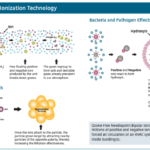 The ions introduced by needlepoint bipolar ionization do not produce ozone or other harmful by-products. Naturally, we have fresh air outdoors because ions are produced from sunlight waterfalls which help clear the air we breathe. Similarly, you could achieve the same outdoor fresh air in your facility by introducing irons from needlepoint bipolar ionization.
The ions introduced by needlepoint bipolar ionization do not produce ozone or other harmful by-products. Naturally, we have fresh air outdoors because ions are produced from sunlight waterfalls which help clear the air we breathe. Similarly, you could achieve the same outdoor fresh air in your facility by introducing irons from needlepoint bipolar ionization.
This means that your customers and staff are protected from the snares of Coronavirus and harmful ozone, which may lead to respiratory diseases. This technology ensures that your facility retains its customers and increases productivity since everybody is assured that they are protected from disease-causing pathogens.
b). Fights against disease-causing pathogens
Indoor air in any facility contains disease-causing pathogens such as mildew and the most recent Coronavirus. Particles containing these packages are sent to be suspended in the air, which lasts for an extended period. Coronavirus is believed to survive for 24 hours in the year or on another surface within a building.
This allows the particles to be transmitted from one host to another. However, using needlepoint bipolar ionization in a facility eliminates such pathogens. Introducing the iron within your facility has a snowball effect whereby the particles in the air begin to cluster together, forming a giant ball that is now equal to what they got rid of by filtration systems. Also, the particles are unable to survive further and do not pose a risk of contamination to a new host.
c). Elements Particles giving clean air
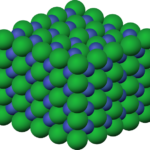 Air contains particles such as dust allergens and mildew, which are not visible. However, we cannot ignore the fact that these particles are in the year and might lead to respiratory diseases. Coronavirus, although a novel disease, is also in the air.
Air contains particles such as dust allergens and mildew, which are not visible. However, we cannot ignore the fact that these particles are in the year and might lead to respiratory diseases. Coronavirus, although a novel disease, is also in the air.
That is why the Centers for Disease Control and Prevention (CDC) gives various preventive measures against the virus. Wearing a mask was to prevent inhalation of such particles in the air. In addition to the mask, you need to introduce needlepoint bipolar ionization in a facility to ensure that all particles are eliminated, providing clean air to your customers and staff.
In conclusion, consider using needlepoint bipolar ionization in your facility as it is safe and protects against Coronavirus. This technology has not been reported to have any adverse side effects on its users. However, Coronavirus has far worse effects since it might result in the closure of your facility.
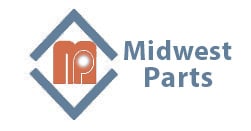
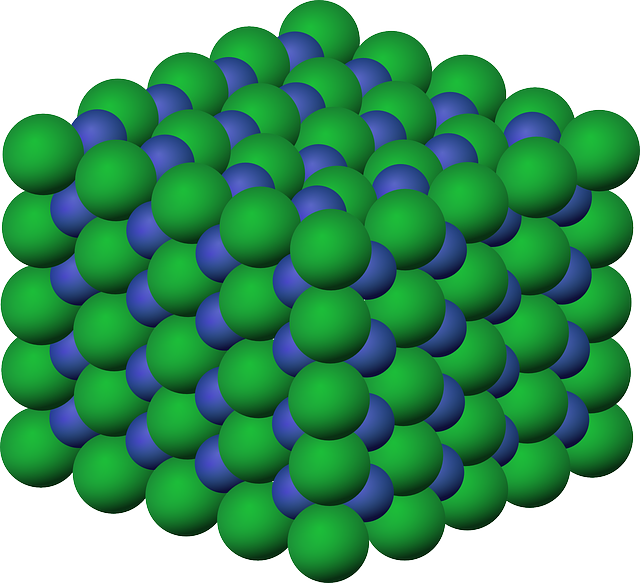

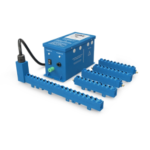
 Rather than relying on brute force dilution of contaminants by adding more fresh air to indoor spaces, required outside airflow rates can be lowered by tackling the contaminants of emerging concern (CECs) directly.
Rather than relying on brute force dilution of contaminants by adding more fresh air to indoor spaces, required outside airflow rates can be lowered by tackling the contaminants of emerging concern (CECs) directly. 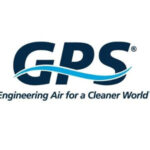 ASHRAE does not recommend a specific CO2 level — just that very high CO2 concentrations (e.g., higher than 5000 parts per million or ppm) might represent a health risk. Additionally, ASHRAE notes that CO2 concentration is not a good marker of the concentration and occupant acceptance of other indoor air pollutants, such as VOCs released by building materials and furnishings. Therefore, CO2 concentration is not a reliable indicator of the overall IAQ in your commercial facility.
ASHRAE does not recommend a specific CO2 level — just that very high CO2 concentrations (e.g., higher than 5000 parts per million or ppm) might represent a health risk. Additionally, ASHRAE notes that CO2 concentration is not a good marker of the concentration and occupant acceptance of other indoor air pollutants, such as VOCs released by building materials and furnishings. Therefore, CO2 concentration is not a reliable indicator of the overall IAQ in your commercial facility.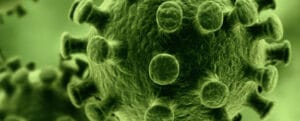
 Needlepoint Bipolar Ionization: Covid-19 has been around for some time, causing devastating impacts on society. However, the time frame has also allowed professionals in the health sector to narrow down how the virus works and develop strategies to inhibit its spread. One of the critical establishments that researchers have made is that the virus can stay on different surfaces for some days. More importantly, research shows that the virus can rest in the air, thus quickly spreading via contact and breathing contaminated air. This aspect makes air purification in buildings a critical aspect of fighting the spread of the virus.
Needlepoint Bipolar Ionization: Covid-19 has been around for some time, causing devastating impacts on society. However, the time frame has also allowed professionals in the health sector to narrow down how the virus works and develop strategies to inhibit its spread. One of the critical establishments that researchers have made is that the virus can stay on different surfaces for some days. More importantly, research shows that the virus can rest in the air, thus quickly spreading via contact and breathing contaminated air. This aspect makes air purification in buildings a critical aspect of fighting the spread of the virus.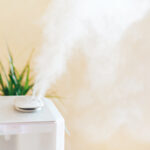 There are numerous appliances and devices that people apply to purify the air in their buildings. The primary method is controlling the source of air pollution within the building and removing it when possible. The other primary method of air purification is enhancing ventilation. This means increasing the flow of outdoor air into a building. One can enhance ventilation via openings like open windows and doors. Also, operating attic or window fans, ceiling fans, and air conditioners can help cleanse the air. Other firms could consider more complex air cleaners systems to purify the air, which varies in type and size.
There are numerous appliances and devices that people apply to purify the air in their buildings. The primary method is controlling the source of air pollution within the building and removing it when possible. The other primary method of air purification is enhancing ventilation. This means increasing the flow of outdoor air into a building. One can enhance ventilation via openings like open windows and doors. Also, operating attic or window fans, ceiling fans, and air conditioners can help cleanse the air. Other firms could consider more complex air cleaners systems to purify the air, which varies in type and size.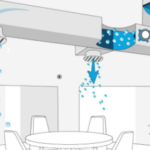 Scientists also refer to the technology as bipolar ionization, a technology applied by HVAC systems or other portable air cleaners to create negatively or positively charged particles. The technology is advancing, and among the most recent ones are intended to fight viruses such as Covid,-19. In addition, it enhances the disinfection of surfaces, preventing the spread of infections. ISO-Aire™ can optimize the effect of
Scientists also refer to the technology as bipolar ionization, a technology applied by HVAC systems or other portable air cleaners to create negatively or positively charged particles. The technology is advancing, and among the most recent ones are intended to fight viruses such as Covid,-19. In addition, it enhances the disinfection of surfaces, preventing the spread of infections. ISO-Aire™ can optimize the effect of
 Because of the coronavirus epidemic, business owners and facility managers are now more worried than ever about Indoor Air Quality.
Because of the coronavirus epidemic, business owners and facility managers are now more worried than ever about Indoor Air Quality. Business owners have been looking for methods to keep their staff and customers safe since the outbreak of the COVID-19 worldwide pandemic began. There has been an increase in demand for items that enhance indoor air quality since the coronavirus is transmitted mostly by airborne droplets.
Business owners have been looking for methods to keep their staff and customers safe since the outbreak of the COVID-19 worldwide pandemic began. There has been an increase in demand for items that enhance indoor air quality since the coronavirus is transmitted mostly by airborne droplets. The procedure of bipolar ionization is completely risk-free. A bipolar ion generator is safe enough to be used in a medical facility, a school campus, a government building, and an airport since it is so effective at destroying dangerous airborne particles.
The procedure of bipolar ionization is completely risk-free. A bipolar ion generator is safe enough to be used in a medical facility, a school campus, a government building, and an airport since it is so effective at destroying dangerous airborne particles.
 It’s critical to know how airborne viruses migrate if you want to keep them under control. Coughing, sneezing, and talking can all transmit the coronavirus, for example. Invisible to the human eye, sneezes create up to 30,000 droplets. These tiny droplets can move at rates of up to 60 mph.
It’s critical to know how airborne viruses migrate if you want to keep them under control. Coughing, sneezing, and talking can all transmit the coronavirus, for example. Invisible to the human eye, sneezes create up to 30,000 droplets. These tiny droplets can move at rates of up to 60 mph. Airborne viruses are rendered inactive by these ionizers’ proactive purifying methods. Millions of positive and negative oxygen ions are generated by these bipolar ionization devices. They inactivate viral cells by removing hydrogen molecules from them when discharged into the air transportation system.
Airborne viruses are rendered inactive by these ionizers’ proactive purifying methods. Millions of positive and negative oxygen ions are generated by these bipolar ionization devices. They inactivate viral cells by removing hydrogen molecules from them when discharged into the air transportation system. It is theoretically possible that bipolar ionization can remove viruses from the air and reduce the amount of virus-infected droplets and particles in the air.
It is theoretically possible that bipolar ionization can remove viruses from the air and reduce the amount of virus-infected droplets and particles in the air.
 This
This 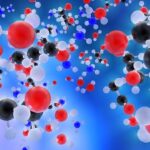 Needlepoint bipolar ionization is a technique that generates positively and negatively charged particles in HVAC systems and portable air cleaners. Manufacturers of these sorts of devices may sell this technology to assist in eliminating viruses from the air, such as SARS-2-CoV, the virus that causes COVID-19, or allow surface disinfection of surfaces within a treated area, provided they have evidence to indicate efficacy. This is a new technique, and a minimal study examines it outside of the lab.
Needlepoint bipolar ionization is a technique that generates positively and negatively charged particles in HVAC systems and portable air cleaners. Manufacturers of these sorts of devices may sell this technology to assist in eliminating viruses from the air, such as SARS-2-CoV, the virus that causes COVID-19, or allow surface disinfection of surfaces within a treated area, provided they have evidence to indicate efficacy. This is a new technique, and a minimal study examines it outside of the lab. The most popular method for capturing airborne SARS-CoV-2 is filtration, which scientists and regulatory organizations usually approve. Cleaning indoor air should be at the forefront of all mitigation methods to prevent the virus from spreading because COVID-19 is a respiratory illness – but it isn’t. So when the CDC recently announced instructions on keeping facilities open safely, which included social distance, wearing masks, hand washing, surface cleaning, and contact tracing, it took it off the priority list.
The most popular method for capturing airborne SARS-CoV-2 is filtration, which scientists and regulatory organizations usually approve. Cleaning indoor air should be at the forefront of all mitigation methods to prevent the virus from spreading because COVID-19 is a respiratory illness – but it isn’t. So when the CDC recently announced instructions on keeping facilities open safely, which included social distance, wearing masks, hand washing, surface cleaning, and contact tracing, it took it off the priority list.
 The best feature and benefit of needlepoint bi-polar ionization targets particles. Since coronavirus was declared a global pandemic, the need for fresh indoor air heightened. Coronavirus is a respiratory disease, and thus its virus is harbored mostly in the air like other disease-causing pathogens. The virus particles are too tiny and are not visible, thus posing more danger.
The best feature and benefit of needlepoint bi-polar ionization targets particles. Since coronavirus was declared a global pandemic, the need for fresh indoor air heightened. Coronavirus is a respiratory disease, and thus its virus is harbored mostly in the air like other disease-causing pathogens. The virus particles are too tiny and are not visible, thus posing more danger.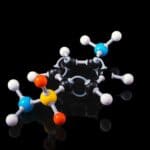 Facility owners should consider needlepoint bi-polar ionization technology to eliminate pathogens. Coronavirus is a disease-causing pathogen with more long-term effects once it infests a facility. It could lead to the closure of the facility for up to fourteen days. This could be not good, especially for business. However, the technology helps in making the indoor clear of the virus. Coronavirus contains a hydrogen ion which is eliminated by the ions produced by needlepoint bipolar ionization technology.
Facility owners should consider needlepoint bi-polar ionization technology to eliminate pathogens. Coronavirus is a disease-causing pathogen with more long-term effects once it infests a facility. It could lead to the closure of the facility for up to fourteen days. This could be not good, especially for business. However, the technology helps in making the indoor clear of the virus. Coronavirus contains a hydrogen ion which is eliminated by the ions produced by needlepoint bipolar ionization technology. Needlepoint bipolar
Needlepoint bipolar 
 pandemic. SARS-COV-2, which leads to COVID-19, has been termed an airborne virus whose droplets stay in the air for hours, exposing people to the possibility of contracting the virus.
pandemic. SARS-COV-2, which leads to COVID-19, has been termed an airborne virus whose droplets stay in the air for hours, exposing people to the possibility of contracting the virus. Numerous independent surveys have proven that NPBI is the best mode of air quality qualification, killing about 99.4 percent of the novel coronavirus in about 30 minutes. However, this is not to say that it is the only method that may combat the virus, but it is the best so far when it comes to eradicating the SARS-COV-2 virus within a space.
Numerous independent surveys have proven that NPBI is the best mode of air quality qualification, killing about 99.4 percent of the novel coronavirus in about 30 minutes. However, this is not to say that it is the only method that may combat the virus, but it is the best so far when it comes to eradicating the SARS-COV-2 virus within a space. Apart from protecting against coronavirus,
Apart from protecting against coronavirus, 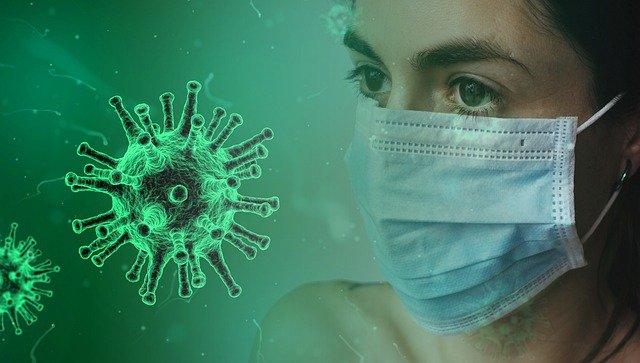

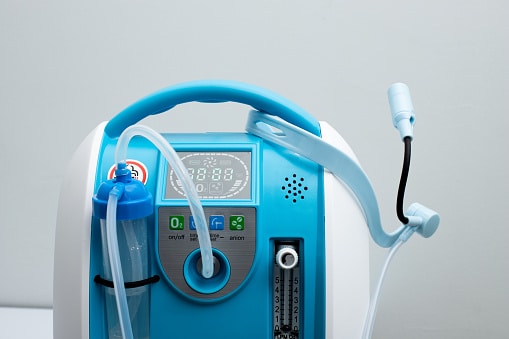
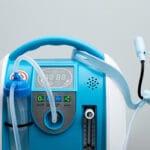 Attaining cleaner airflow with HVAC devices is achievable with
Attaining cleaner airflow with HVAC devices is achievable with